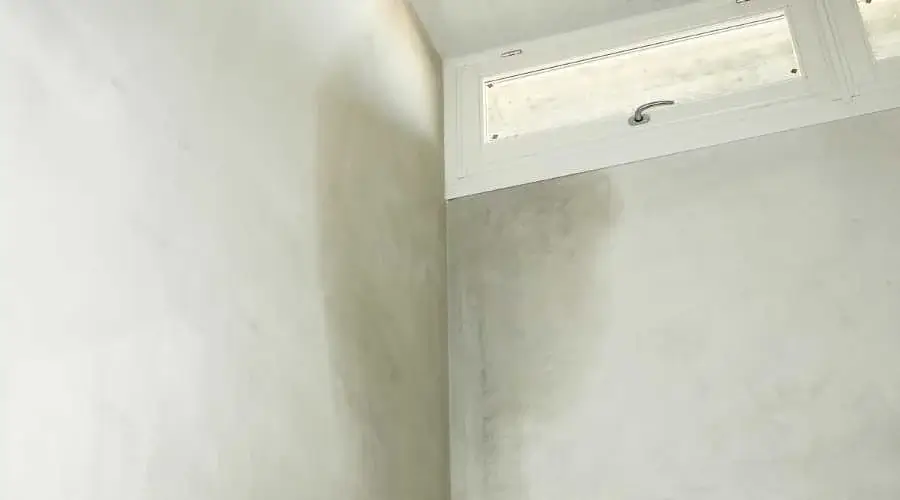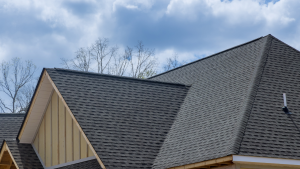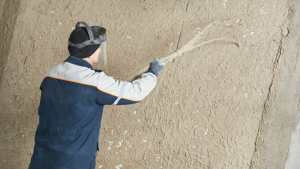Moisture is one of the biggest threats to stucco residences in Jersey Shore. This also holds true for the remaining northeastern United States, whose climate is similarly humid. If the stucco was inadequately applied, your walls could absorb moisture.
This trapped moisture can promote the growth of mold, mildew, and fungi. If it penetrates the wooden structure of your home, the walls will decay from the inside out.
Hiring professional stucco installers can protect your home from damage. They will be able to install moisture control and protection systems.
This article distinguishes moisture management from protection. You will also learn why combining the two is the best strategy to protect your possessions.
Moisture Management
Moisture management describes how a wall system expels the moisture that permeates it. Exterior materials that are permeable include modern stucco. This suggests that water can penetrate the masonry and infiltrate the wall cavity.
It’s not just stucco that allows moisture to infiltrate the structure. Always assume that moisture will infiltrate your walls eventually. This is true whether the exterior of your home is made of stucco, cladding, or siding. How does your wall system respond once moisture has penetrated?
There are two principal techniques for removing moisture from your walls. The moisture may evaporate from the bottom, top of the wall, or both.
Weep Screeds
Weep screeds are holes at the base of walls that allow water to “weep” out—included by default in contemporary stucco, cladding, stone, and brick veneer installations.
Air Vents
Air apertures allow air to pass through a wall and dissipate retained moisture. The air vent is on the underside of the wall’s leak masonry. Occasionally, however, walls have openings at their apexes.
These additional air vents augment ventilation. This enhanced ventilation promotes the evaporation of moisture through the top of the wall. However, they may have the opposite effect if not installed effectively. You don’t want water to enter your wall cavities via the ventilation meant to sanitize them.
Moisture Protection
Moisture protection prevents moisture from penetrating a home’s walls and other surfaces. For clarification, we will refer to keeping moisture out of your walls as external protection. Internal protection is the process of preventing the intrusion of moisture into a dwelling.
External Moisture Protection
Moisture management eliminates wall moisture. Nevertheless, exterior moisture protection prevents water from ever penetrating the walls. What could be more advantageous than eliminating wall moisture? There is no humidity in the ceilings.
Gutters are a well-known component of exterior water protection. They channel precipitation away from your home’s exterior and into the soil. Without gutters, rainwater would travel down your walls and eventually penetrate them.
Additionally, your home’s exterior paint can prevent moisture intrusion. For instance, elastomeric paint protects stucco surfaces from moisture. This varnish hinders the stucco’s ability to discharge moisture.
Internal Moisture Protection
There is an additional layer of protection if moisture penetrates the interior of your walls. This layer consists of a water-repellent barrier (WRB) and flashing. The WRB and backlighting prevent water from entering the home’s interior.
You are already acquainted with WRBs, though you may not realize it. This material is applied to the framing of new structures. It is typically green but also comes in a variety of other hues, depending on the brand.
WRBs safeguard your home’s timber structure from contact with moisture. However, they are not invulnerable. Mold will develop if the water breaches the barrier.
Flashing is an action that deflects water away from doors, windows, and other openings. All exterior openings permit moisture to enter the structure. Improper flashing can exacerbate the problem by redirecting moisture to the affected regions.
Stucco Installation Done Right
Protection and moisture management are most effective when combined. As experienced stucco contractors, we recognize the significance of moisture management and security. During remediation projects, we frequently observe the devastation that improper installations can cause.
Without moisture management, walls will accumulate water. This will cause substantial damage over time. And moisture prevention is necessary for even a small quantity of water to become a major issue. If water cannot escape from your home, it will infiltrate.
Both components of the system can be overwhelmed by an excess of moisture. Therefore, it is crucial that moisture management and protection function together. Each complements the shortcomings of the other.
Water will continue to penetrate your walls. With these systems in place, the quantity will be negligible. In addition, these minute quantities of moisture will swiftly dissipate or migrate out of the wall cavity.
Jersey Shore Stucco, Greater Philadelphia’s Trusted Stucco Experts
Does moisture penetrate your walls and spread throughout your home? Have you discovered mold or fungus growth on your exterior surfaces? Therefore, a stucco evaluation is necessary.
A comprehensive inspection can assist in identifying the causes of damage and the extent of the necessary restorations. Almost always, water intrusion issues require remediation. To remedy the situation, the entire exterior must be replaced—incorporating internal moisture protection and management systems.
Contact the staff at Jersey Shore Stucco to schedule an inspection. Do not wait for the damage to your home to worsen before taking action.




